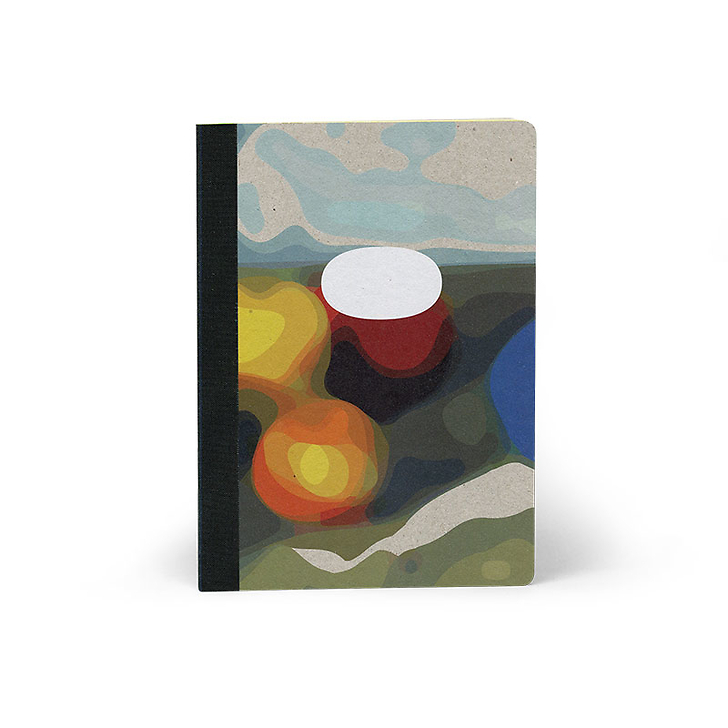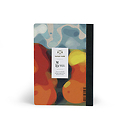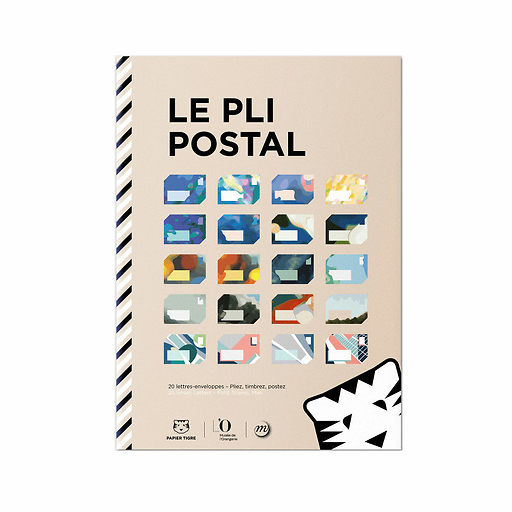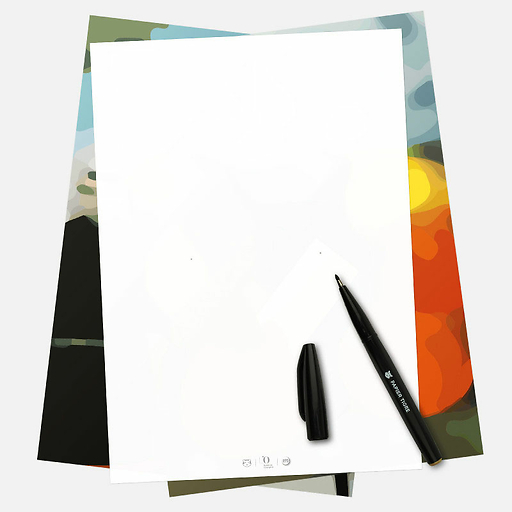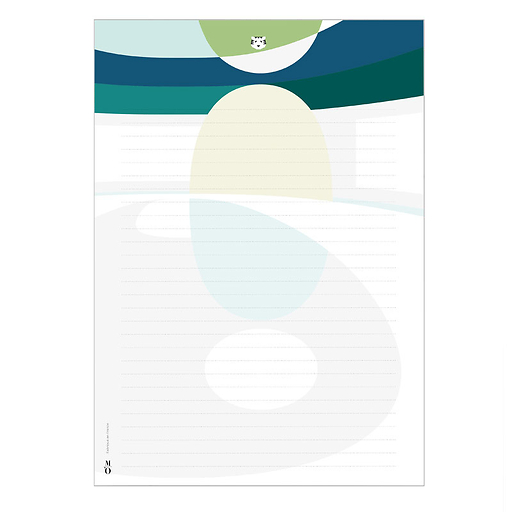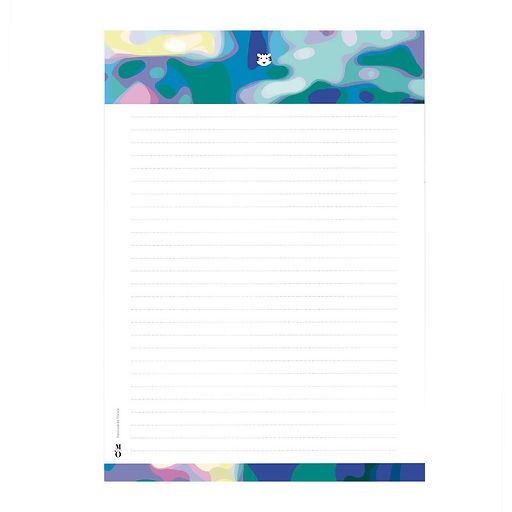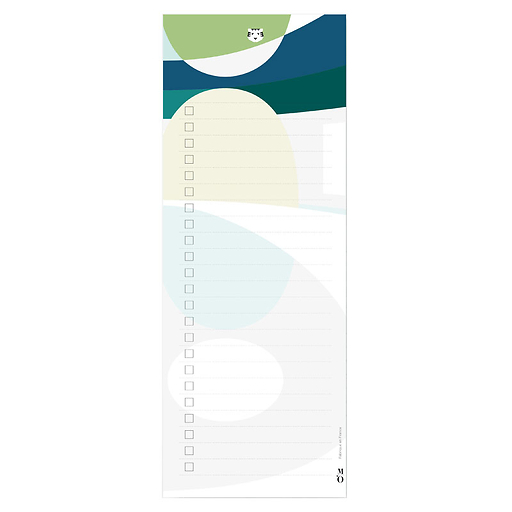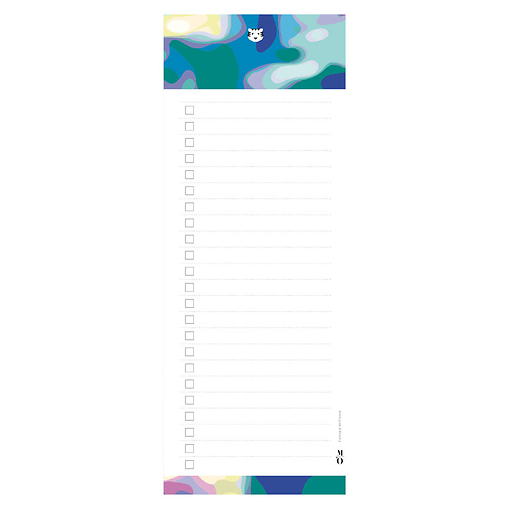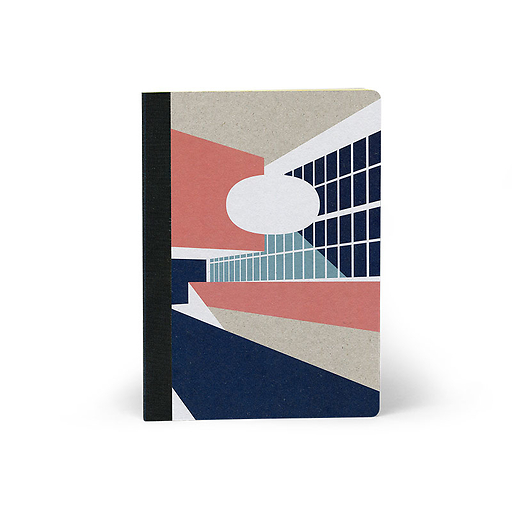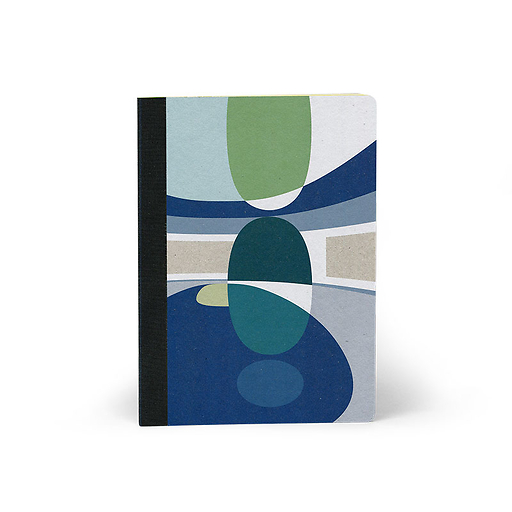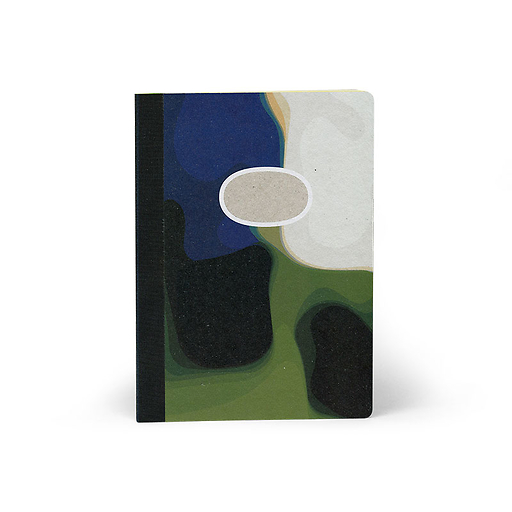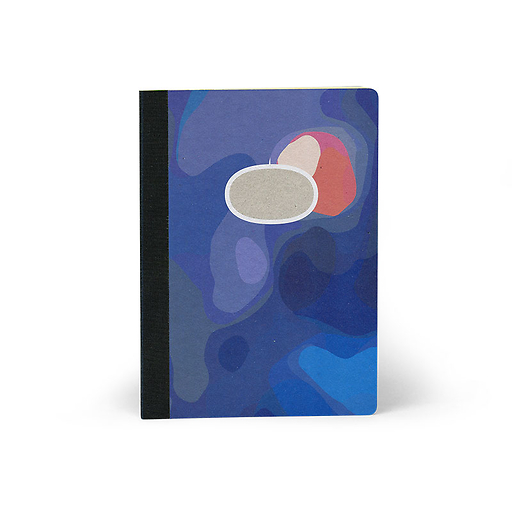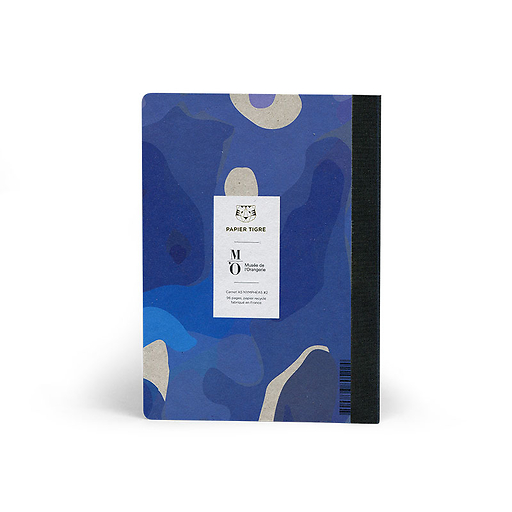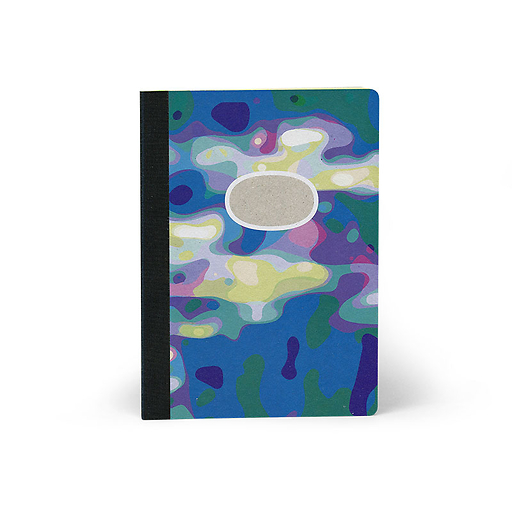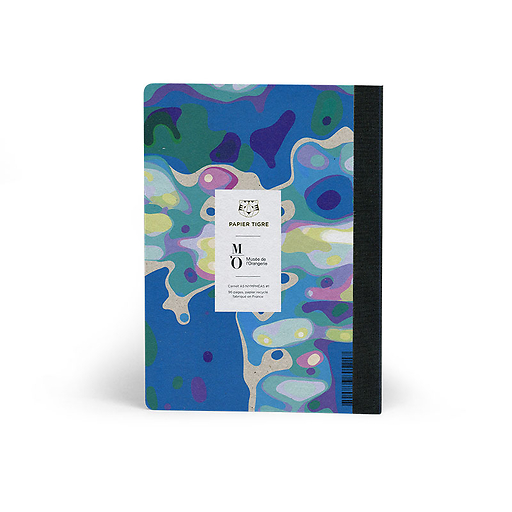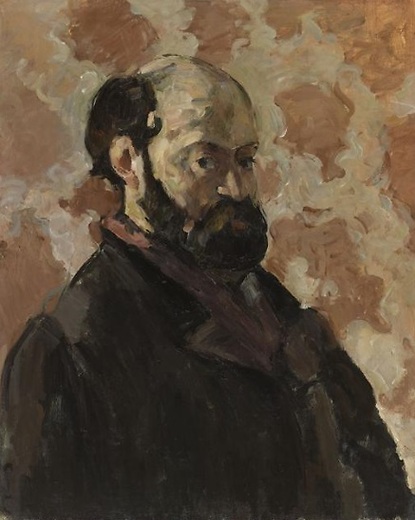Notebook inspired by the work of the painter Paul Cézanne, made in France by the stationery brand Papier Tigre.
A NEW LINE OF STATIONERY
On the occasion of the renovation of its spaces and the new presentation of the prestigious masterpieces of its collection, the Musée de l'Orangerie and the Réunion des Musées Nationaux - Grand Palais invited PAPIER TIGRE, a troublion of contemporary stationery, to imagine a creative, poetic and arty line of stationery.
Freely inspired by the works in the collection and the architecture of the place, the PAPIER TIGRE line, between modernity and figuration, prolongs, with colorful delicacy, the emotions and sensations felt in front of the works.
From colors to light, from form to object, the PAPER TIGRE line offers us a contemporary adaptation of the works of art and the renewed vision of their hanging, in an XXS format to be slipped everywhere.
A QUALITY STATIONERY 100% MADE IN PARIS
This collection, 100% made in France, made from recycled paper and cardboard, is composed of an assortment of six A5 notebooks, notepads and "To do list" pads.
The stylized motifs are inspired by three of the Orangery Museum's iconic works: Claude Monet's Water Lilies, Paul Cézanne's Apples, The Wedding of Douanier Rousseau and details of the building.
96 pages, recycled paper
Cover Soft cardboard cover
Binding Linen
Made in France
Close

